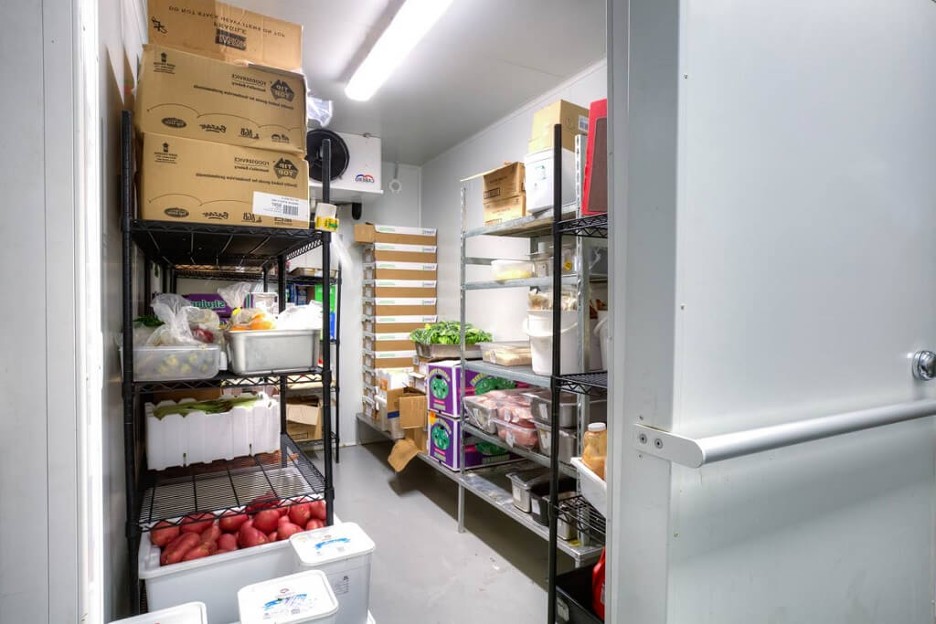
The Secret Behind Restaurant Success: The Cold Room
Behind the bustling kitchens, the exquisite plating, and the delightful ambiance lies a crucial element in ensuring the quality and safety of your culinary experience. The cold room, often hidden from the public eye, plays a pivotal role in preserving ingredients and maintaining the highest food safety standards in the restaurant industry.
Preserving Freshness
One of the primary functions of a cold room in a restaurant is to keep food fresh. The cold room serves as a massive refrigerator, designed to maintain temperatures between 34°F and 40°F (1°C to 4°C). This controlled environment extends the shelf life of perishable ingredients, ensuring that chefs have access to fresh produce, meats, dairy, and seafood. By reducing the rate of bacterial growth and slowing down the degradation of food, cold rooms help restaurants minimize food waste and maintain the highest quality in their dishes.
Safety First
Food safety is paramount in the culinary world, and cold rooms are essential for upholding these standards. By preventing the growth of harmful bacteria and pathogens, cold rooms are critical in reducing the risk of foodborne illnesses. Ingredients are stored in an environment that inhibits the growth of microorganisms, safeguarding the health of restaurant patrons.
Temperature consistency is a key factor in food safety, and modern cold rooms come equipped with advanced temperature monitoring and control systems. These systems help ensure that ingredients are kept at the appropriate temperature at all times. Moreover, they feature alarms that alert staff to any temperature deviations, allowing for swift corrective action to prevent spoilage.
Optimal Organization
For a restaurant to run efficiently, it’s essential to have ingredients organized and easily accessible. Cold rooms are designed with shelving and storage systems that enable chefs and kitchen staff to quickly locate and retrieve items without causing disruptions. This organization helps streamline food preparation and keeps the kitchen running smoothly during peak hours.
Versatility and Adaptability
Custom cold rooms come in various sizes and configurations to accommodate the specific needs of a restaurant. They can be walk-in, reach-in, or even custom-built to fit unique spaces. This versatility allows restaurants to optimize their storage space and adapt to changes in menu offerings or seasonal fluctuations in ingredient availability. Additionally, modern cold rooms are often designed with energy efficiency in mind, helping restaurants reduce their carbon footprint and operating costs.
Waste Reduction
Restaurants produce a significant amount of food waste, which can have a considerable impact on the environment. Cold rooms help mitigate this issue by extending the lifespan of ingredients, thus reducing the need to discard spoiled or expired items. By managing inventory efficiently, restaurants can minimize waste, contribute to sustainability efforts, and maintain a positive brand image.
Conclusion
The success and reputation of a restaurant depend on the quality and safety of the food it serves, and the cold room is a silent partner in achieving this excellence. So, the next time you dine out, remember that the culinary magic on your plate owes much of its success to the cold room, a vital and often overlooked component in the world of gastronomy.





